Professional Microsoft SQL Server 2008 Administration
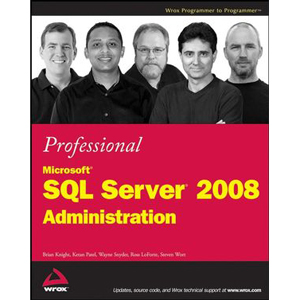
SQL Server 2008 represents a sizable jump forward in scalability, performance, and usability for the DBA, developer, and business intelligence (BI) developer. It is no longer unheard of to have 20-terabyte databases running on a SQL Server. SQL Server administration used to just be the job of a database administrator (DBA), but as SQL Server proliferates throughout smaller companies, many developers have begun to act as administrators as well. Additionally, some of the new features in SQL Server are more developer-centric, and poor configuration of these features can result in poor performance. SQL Server now enables you to manage the policies on hundreds of SQL Servers in your environment as if you were managing a single instance. We’ve provided a comprehensive, tutorial-based book to get you over the learning curve of how to configure and administer SQL Server 2008.
Whether you’re an administrator or developer using SQL Server, you can’t avoid wearing a DBA hat at some point. Developers often have SQL Server on their own workstations and must provide guidance to the administrator about how they’d like the production configured. Oftentimes, they’re responsible for creating the database tables and indexes. Administrators or DBAs support the production servers and often inherit the database from the developer.
This book is intended for developers, DBAs, and casual users who hope to administer or may already be administering a SQL Server 2008 system and its business intelligence features, such as Integration Services. This book is a professional book, meaning the authors assume that you know the basics about how to query a SQL Server and have some rudimentary concepts of SQL Server already. For example, this book does not show you how to create a database or walk you through the installation of SQL Server using the wizard. Instead, the author of the installation chapter may provide insight into how to use some of the more advanced concepts of the installation. Although this book does not cover how to query a SQL Server database, it does cover how to tune the queries you’ve already written.
The first ten chapters of the book are about administering the various areas of SQL Server, including the developer and business intelligence features. Chapter 1 briefly covers the architecture of SQL Server and the changing role of the DBA. Chapters 2 and 3 dive into best practices on installing and upgrading to SQL Server 2008. Managing your SQL Server database instance is talked about in Chapter 4. This chapter also describes some of the hidden tools you may not even know you have.
Once you know how to manage your SQL Server, you can learn in Chapter 5 how to automate many of the redundant monitoring and maintenance tasks. This chapter also discusses best practices on configuring SQL Server Agent. Chapters 6 and 7 cover how to properly administer and automate many tasks inside of the Microsoft business intelligence products, such as Integration Services and Analysis Services. Developers will find that Chapter 8 is very useful, as it covers how to administer the development features, such as SQL CLR. Chapter 9 explains how to secure your SQL Server from many common threats and how to create logins and users. Chapter 10 covers how to create a SQL Server project and do proper change management in promoting your scripts through the various environments. It also covers the Policy-Based Management framework in SQL Server.
Chapters 11 through 15 make up the performance tuning part of the book. Chapter 11 discusses how to choose the right hardware configuration for your SQL Server in order to achieve optimal performance. After the hardware and operating system is configured, Chapter 12 shows you how to optimize your SQL Server instance for the best performance. Chapter 13 describes how to monitor your SQL Server instance for problematic issues such as blocking and locking. Chapters 14 and 15 discuss how to optimize the T-SQL that accesses your tables and then how to index your tables appropriately.
Chapters 16 through 20 consist of the high-availability chapters of the book. Chapter 16 covers how to use the various forms of replication, while database mirroring is covered in Chapter 17. Classic issues and best practices with backing up and recovering your database are discussed in Chapter 18. Chapter 19 dives deeply into the role of log shipping in your high-availability strategy, and Chapter 20 presents a step-by-step guide to clustering your SQL Server and Windows 2008 server.
This edition of the book covers all the same great information we covered in the last book, and we’ve added loads of new content for SQL Server 2008, which adds numerous new features to improve the DBA’s life. In short, the new version of SQL Server focuses on improving your efficiency, the scale of your server, and the performance of your environment, so you can do more in much less time, and with fewer resources and people. This means you can manage many servers at one time using Policy-Based Management, scale your I/O load using compression, and collect valuable information about your environment using data collectors, to name just a few key new features.
To follow the examples in this book, you will need to have SQL Server 2008 installed. If you wish to learn how to administer the business intelligence features, you need to have Analysis Services and the Integration Services components installed. You need a machine that can support the minimum hardware requirements to run SQL Server 2008; and you also need the AdventureWorks2008 and AdventureWorksDW2008 databases installed. Instructions for accessing these databases can be found in the ReadMe file on this book’s Web site.
Some features in this book (especially in the high-availability part) require the Enterprise or Developer Edition of SQL Server. If you do not have this edition, you will still be able to follow through some of the examples in the chapter with Standard Edition.
From the Back Cover
Professional Microsoft® SQL Server® 2008 Administration
SQL Server 2008 represents a significant jump forward in scalability and performance. Database administrators — and developers as well — will need to master new methods for effectively managing increasingly large and complex SQL Server environments.
This author team of SQL Server experts arms you with unique tips, tricks, and workarounds, including managing and monitoring SQL Server, automating administration, clustering, performance tuning, handling backup and recovery, and more. You’ll learn the various tools that are available to you with the 2008 release, as well as new features such as Performance Studio, Change Data Capture, Policy-based Management, and Query Governor. With a solid understanding of SQL Server 2008, you’ll be able to confidently handle even the most difficult SQL Server admin issues.
What you will learn from this book
- Best practices for SQL Server 2008 installation
- Tips for troubleshooting and securing the database engine
- How to automate SQL Server
- Ways to index your database
- Methods for monitoring your SQL Server instance
- How to performance tune your SQL Server instance
Who this book is for
This book is for experienced database administrators who are interested in learning best pratices for administering SQL Server 2008.
Table of Contents
Chapter 1. SQL Server 2005 Architecture
Chapter 2. SQL Server 2005 Installation Best Practices
Chapter 3. Upgrading SQL Server 2008 Best Practices
Chapter 4. Managing and Troubleshooting the Database Engine
Chapter 5. Automating SQL Server
Chapter 6. Integration Services Administration and Performance Tuning
Chapter 7. Analysis Services Administration and Performance Tuning
Chapter 8. Administering the Development Features
Chapter 9. Securing the Database Engine
Chapter 10. Change Management
Chapter 11. Configuring the Server for Optimal Performance
Chapter 12. Optimizing SQL Server 2005
Chapter 13. Monitoring Your SQL Server
Chapter 14. Performance Tuning T-SQL
Chapter 15. Indexing Your Database
Chapter 16. Replication
Chapter 17. Database Mirroring
Chapter 18. Backup and Recovery
Chapter 19. SQL Server 2005 Log Shipping
Chapter 20. Clustering SQL Server 2005
Book Details
- Paperback: 912 pages
- Publisher: Wrox (November 2008)
- Language: English
- ISBN-10: 0470247967
- ISBN-13: 978-0470247969
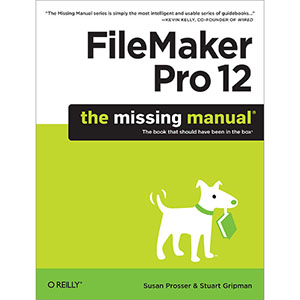
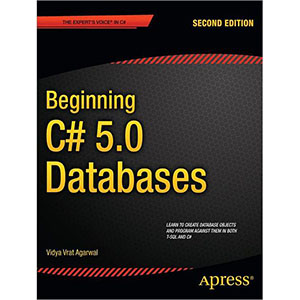


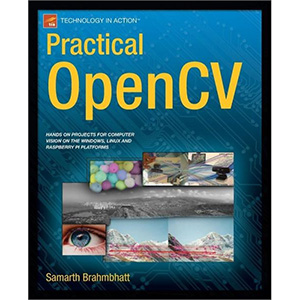

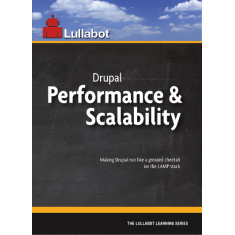
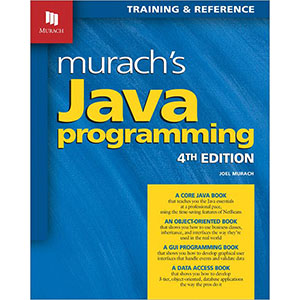


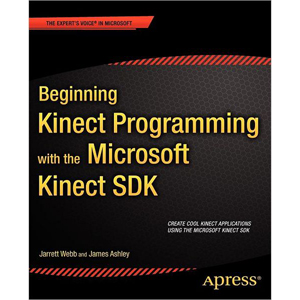


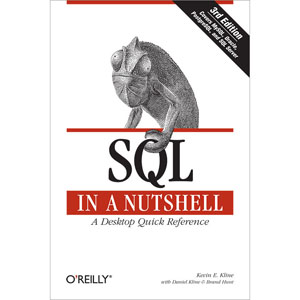

Thanks !!!!!!!!